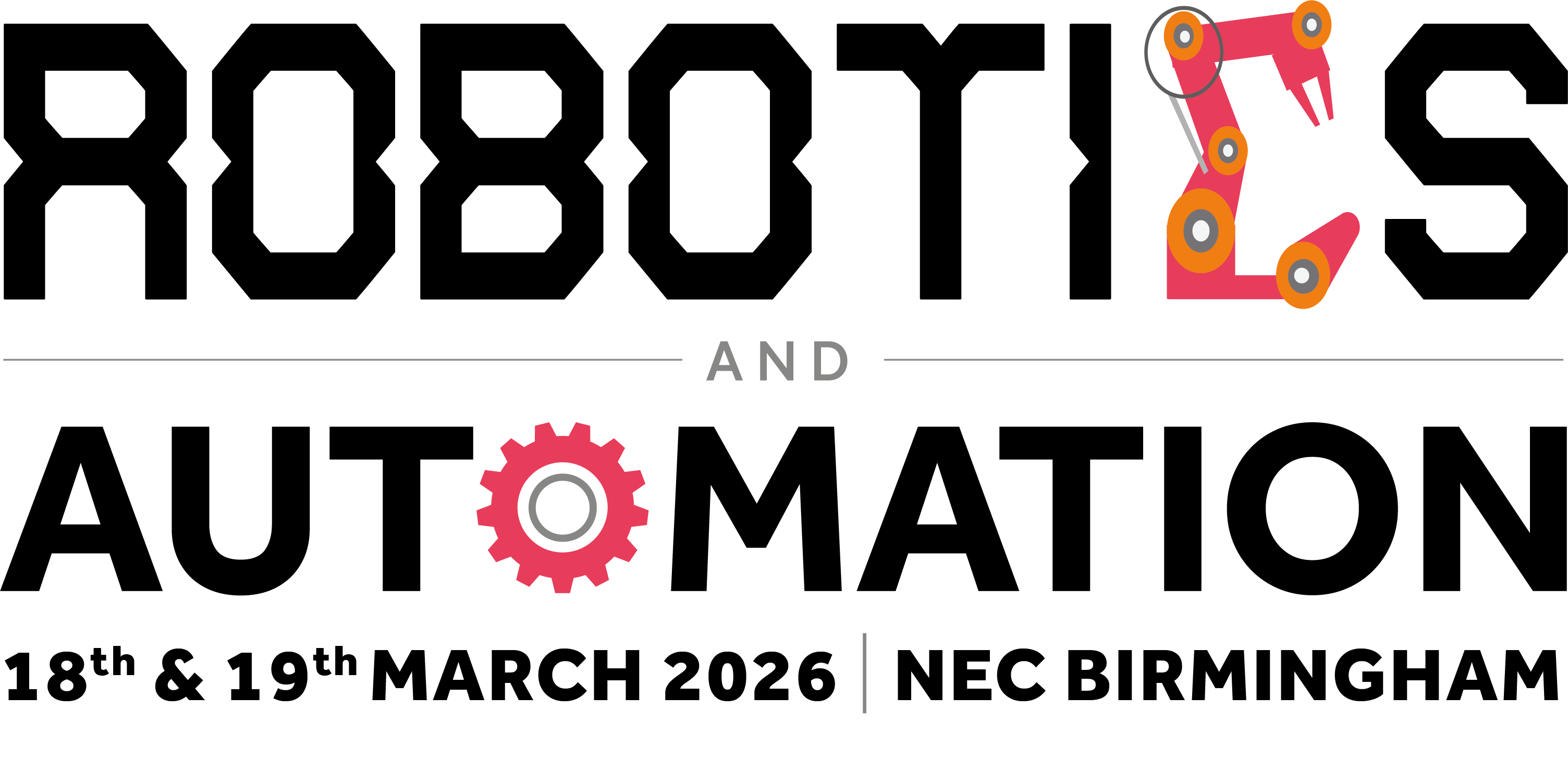Exhibitor Q&A: Hugh Stevens, chairman, Synergy Logistics
)
.jpg.png)
Please share a little about yourself with our visitors…
I established Synergy Logistics in 1972, having identified a need in the market for a highly configurable warehouse management system. Our flagship product, SnapFulfil, combines market-leading technology and functionality to optimise the warehouse environment and we are currently one of a handful of companies to be positioned in the Gartner Magic Quadrant.
Why has Synergy Logistics chosen to exhibit at Robotics & Automation 2019?
We are developing SnapCart, a new autonomous mobile robot designed to help warehouses and fulfilment centres streamline their picking operations. We have successfully showcased SnapFulfil at IntraLogistex for several years and are hoping to generate similar levels of interest for SnapCart at Robotics & Automation 2019.
What will Synergy Logistics be showcasing or discussing?
We will be showing visitors how SnapCart can significantly improve warehouse efficiency by reducing pickers’ daily walking distance from as much as 15 miles to one mile. SnapCart can be introduced gradually in to the existing warehouse environment. This means no major capital expenditure or infrastructure change is required, making it an ideal solution for companies seeking a low cost, low risk route to warehouse automation.
In your opinion, what are the biggest challenges currently facing the industry?
The retail landscape has shifted faster and more dramatically in the last 10 years than anyone could have anticipated. Advances in automation, coupled with the ‘Amazon effect’, have driven consumer expectation for super-fast delivery and this has fundamentally changed the way we do business. Many companies find this intimidating, but the key is to be adaptable. Warehouse space and resource has to be optimised in order to deliver the seamless fulfilment requirements of a post-Amazon market.
From a wider perspective, fulfilment operations in both the UK and USA continue to feel the strain of the current labour shortage, adding further pressure on warehouses to deliver maximum efficiency from their workforce. Furthermore, continued uncertainty around Brexit means that UK warehouses in particular need a flexible and agile warehouse management system to adapt quickly and cost effectively to meet all future demands – whatever they turn out to be.


